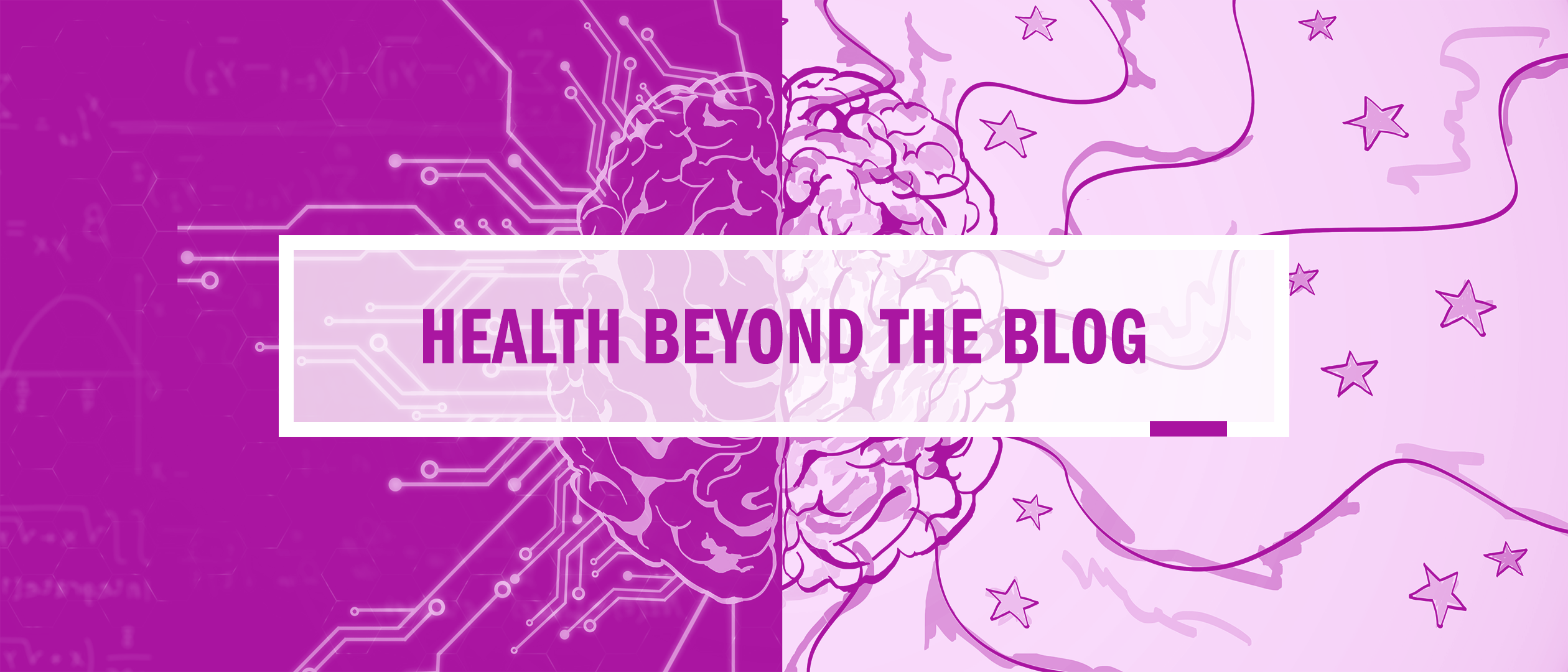News Team member Alexa Morales discusses the importance of maternal nutrition in determining the lifelong health outcomes and growth of children.
Jaap de Roode’s new book explores how animals medicate themselves, just like humans do.
by Manju Karthikeyan
Journalist Maryn McKenna interviewed professor Jaap de Roode, PhD, about his new book, Doctors by Nature: How Ants, Apes, and Other Animals Heal Themselves, during this week’s installment of Health Storytelling.
De Roode, a biologist at Emory University, developed a passion for working with animals at a young age, inspired by watching his mother work as a zoo tour guide in the Netherlands. He then went on to study biology and parasites as an undergraduate student and worked on malaria in mice and monarch butterflies for his PhD. This work set a foundation for his famous 2010, described by Emory University’s news service as “Do Monarch Butterflies Use Drugs?” — a concept that garnered hostility from aspects of the scientific community. De Roode was surprised by the controversy, but continued research on how animals use medications, such as monarchs consuming toxins in milkweeds to protect themselves from parasites.
In his new book, de Roode expands on this idea by reconsidering what it means for something to be medicinal. He describes how medicine and drugs take form in four “hues — prophylaxis, therapeutic medications, body anointing, and fumigation. He also explains how dosage determines if a substance can be a medicine or a toxin, raising questions on whether animals can make conscious decisions and truly know what they are doing.
Interestingly, de Roode describes animals as having agency, but not in the human sense. Some animals’ bodies will tell them when they are feeling ill, invoking behaviors determined by physiology or social learning. Caterpillars, for example, will kill parasitic flies by consciously consuming highly concentrated alkaloids. Similarly, when our pets consciously eat grass, they vomit it up after using it as “velcro” for parasites in the gut. This also applies to production animals as well, with sheep and calves often choosing their own diets as a form of medication.
In other words, taking medicine is not necessarily a human activity. De Roode’s perspectives challenge our inherently human-centric views on our relationship to nature, as well as Western medicine. After all, we continue to learn to harness the power of nature to develop our own medications.
This also raises questions about the impact humans have on nature. De Roode describes in Doctors by Nature how an undergraduate student discovered that birds use cigarette buds to protect their nests. It was associated with developing fewer ectoparasites and raising healthier fledglings, but at a cost. It creates continuous exposure to carcinogens and nicotine, posing a health risk in the long run. Seemingly, animals are not immune from the dangers of medication either.
Doctors by Nature: How Ants, Apes, & Other Animals Heal Themselves can be found at the Princeton University Press website or at a bookstore near you.

